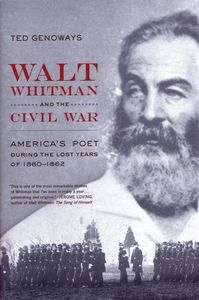Theodore O'Hara (February 11, 1820 - June 6, 1867) was a poet and an officer for the United States Army in the Mexican-American War, and a Confederate colonel in the American Civil War. He is best known for the poems The Bivouac of the Dead, which is quoted in many cemeteries, and The Old Pioneer.
As the Mexican-American War was just beginning, Theodore O'Hara signed up for the U.S. Army on June 26, 1846. He held the positions of captain and quartermaster of volunteers under General Gideon J. Pillow as they advanced upon Mexico City, Mexico. For excellent conduct in the Battle of Contreras and the Battle of Churubusco, O'Hara was honored with the rank of brevet-major on August 20, 1847. He was honorably discharged on October 15, 1848. After the war ended in 1848, O'Hara returned to Washington, D.C. to continue his law practices until 1851.[3]
At the beginning of the American Civil War in 1861, Theodore O'Hara joined the Confederate army and became colonel of the Twelfth Alabama Regiment. He would serve with General Albert Sidney Johnston and General John C. Breckinridge, his fellow law student. He distinguished himself in the Western Theater of the War in Tennessee at the Battle of Shiloh and Battle of Stone's River. However, conflicts O'Hara had with both General Braxton Bragg and President of the Confederate States of America Jefferson Davis hampered his military career and made his efforts to attain a regimental command futile.[5]
However, due to the fact he served for the Confederacy, Theodore O'Hara would often go uncredited when the quatrain was used in a non-Confederate cemetery setting. There is a dispute on when Theodore O'Hara wrote. It is popularly thought to be written after the Battle of Buena Vista of 1847, where many Kentucky volunteers died. Other's say it was actually written after the Battle of Cárdenas in 1851. The New York Times wrote it was first published in the Frankfort Yeoman in 1850, which puts it before O'Hara's Cuba adventures.[2] [5] [6]
